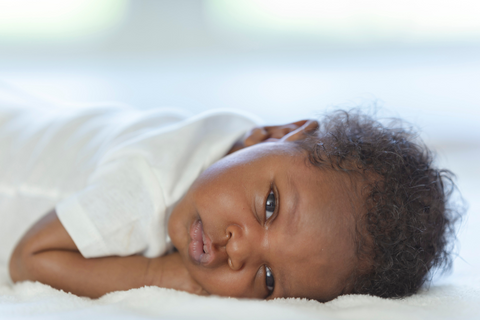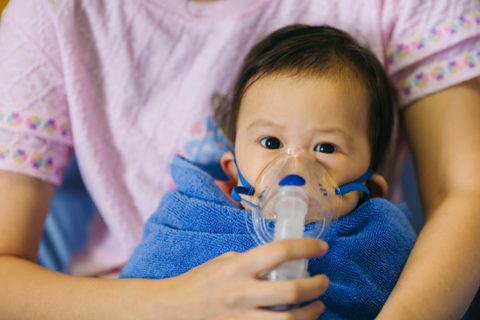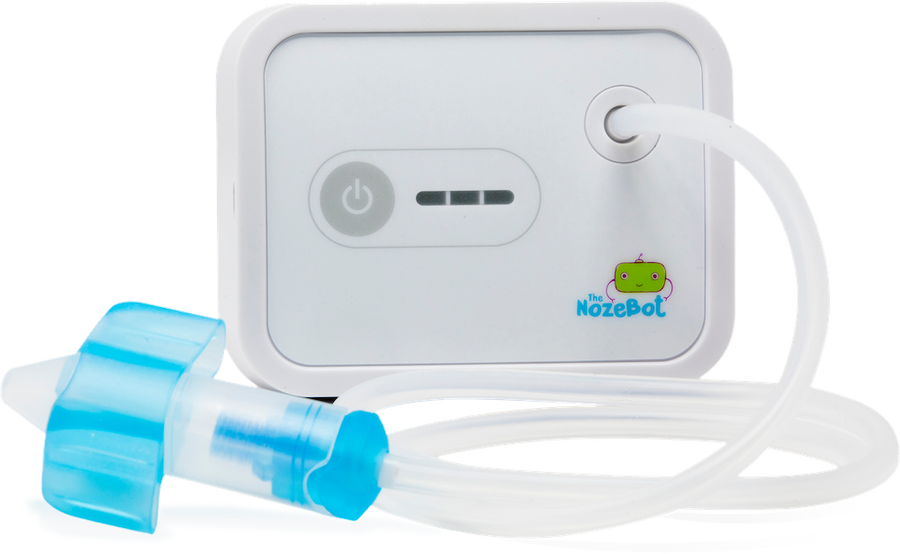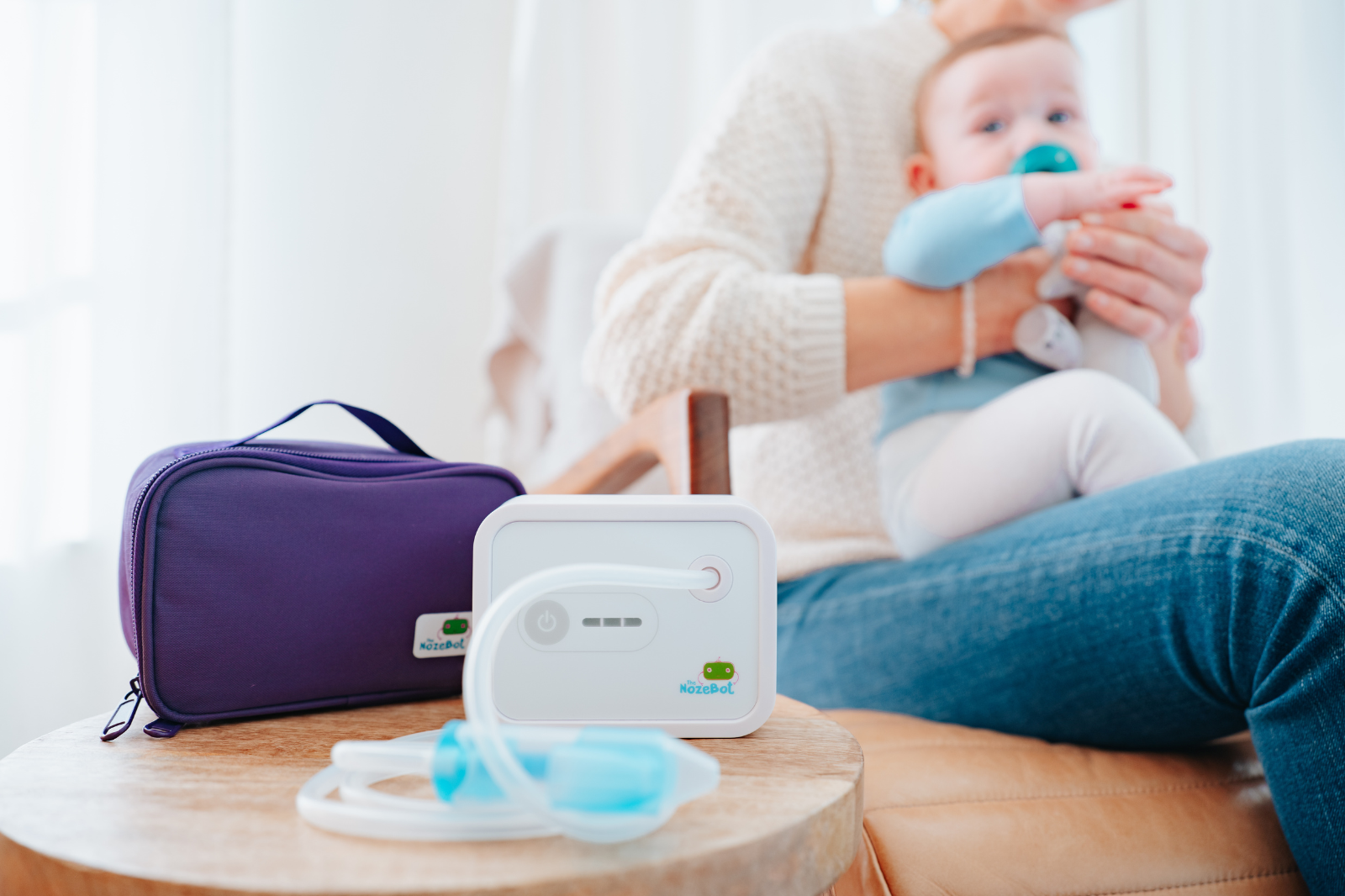Guest Post By Genevieve Kane, MSN, RN
Many germs and viruses that make children sick lead to respiratory illnesses. While most kids will recover just fine from a respiratory bug with basic home care, others require additional support.
It can be scary when your little one is sick, especially if you are concerned about their breathing. Our first piece of advice is to trust your parental instincts and take your child to a healthcare provider if you are concerned. If your child struggles to breathe, it can quickly become a medical emergency.
What to Do Immediately When Your Child is in Respiratory Distress
It can be confusing to understand what respiratory distress in children looks like. We’ve broken down need-to-know information so you can feel better prepared to handle respiratory bugs this flu and cold season!
What Does Respiratory Distress in Children Look Like?
Respiratory distress in children means that your child is having difficulty breathing. Normal breathing should be quiet and regular. When a child struggles to breathe, you may hear various noises, and their breathing may be faster.
Nationwide Children’s explains symptoms of respiratory distress in children include:
- Pale skin
- Bluish coloration to the lips or nail beds
- Faster breathing
- Retractions
- Nasal flaring
- Noisy breathing that may include wheezing or harsh sounds
- Cool, sweaty skin
- Sleepier than usual or fussy
- Changing positions to try and improve breathing
If a child has retractions, they are working harder to breathe. Retractions look like the skin is pulled under the rib cage when breathing. Dr. Steven Goudy, a pediatric ears, nose, and throat (ENT) doctor who is behind the development of the NozeBot, created a great visual highlighting several of the symptoms of respiratory distress in children — including showing what retractions look like.
Just note that while the linked video offers a great visual, it is from the 2022 RSV season. Respiratory syncytial virus (RSV) is a leading cause of respiratory distress and hospitalizations in kids. Hospitals are not currently full this season with children who have RSV. And hopefully, with the new RSV shot that is available, the RSV season won’t be as severe during the 2023-2024 season.

What to Do Immediately for Respiratory Distress in Children
If you suspect respiratory distress in your child, take them immediately to an emergency department for evaluation and treatment. Even if you aren’t entirely sure if they are in distress, it is better to have your child evaluated and receive peace of mind than wait until you have an emergency.
If your child is really struggling to breathe, call 911. Reasons to call 911, according to the American Academy of Pediatrics (AAP), include:
- A child struggling to breathe to the point that they can barely speak or cry
- A child who passes out or stops breathing
- Lips and face look blue when the child isn’t coughing
- You believe it is a medical emergency and are unable to drive the child safely
Respiratory distress in children is a medical emergency and should not be treated at home. Additionally, if your child is in respiratory distress, they must be treated in a hospital equipped with oxygen and other potentially necessary supplies. Some children require the support of a ventilator and other assistive breathing devices while they recover. Your primary care provider’s office or urgent care likely does not have the supplies or equipment to treat children in respiratory distress.
Being Admitted to the Hospital for Respiratory Distress
Respiratory bugs are a common reason kids are admitted to the hospital, per the AAP. Respiratory infections can be especially risky for kids under one. Babies and young children already have narrower airways than bigger kids and adults. So, swelling of their airways can become more dangerous faster.
If your child is in respiratory distress, the odds are that the hospital will admit your child. Staying in a hospital can be frightening! However, it can be helpful to understand some of what you’ll likely experience.
First, at most facilities, doctors and other care providers will round on patients in the morning. Morning rounds are often a great time to ask questions and address concerns with most care team members.
Most kids in the hospital also require an IV. IV pokes can seem daunting. However, there are ways to help reduce the discomfort from the initial needle poke. And most hospitals have covers to place over the IV once it’s placed, so kids don’t have to see them. Out of sight, out of mind can work wonders!
If your child is in respiratory distress, they will likely need breathing support. Breathing support may look like a nasal cannula — a tube with two soft prongs resting at the nose's opening to supply additional oxygen.
Depending on how severe your child’s respiratory distress is, they may need the support of a breathing tube and intensive care unit (ICU) stay. They may also be attached to other monitors to look at other bodily functions, such as heart function. It can be challenging to see your child connected to machines. If you aren’t sure what a machine does or have questions about how it works, ask your care team.
When people think of hospitals, they typically think of doctors and nurses. However, several additional healthcare professionals work at hospitals. While you’ll encounter doctors and nurses, other personnel, such as respiratory therapists, nurse practitioners, physician assistants, nursing assistants, and child life specialists, will likely be involved in your child’s care. If you aren’t sure who someone is or their role, just ask.
Going Home After Respiratory Distress
Respiratory distress in children is alarming! It is hard to see your child struggle to breathe. Whether the emergency department sends you home or you’re discharged after a hospital stay, there are several things you can do to help your child be comfortable.
Supportive care at home can include reducing fever and discomfort through medications such as acetaminophen (i.e., Children’s TylenolⓇ) or ibuprofen (i.e., Children’s MotrinⓇ), depending on your child’s age and instructions from their healthcare provider.
They may also be congested and benefit from nasal saline and suction through a device such as the NozeBot. The NozeBot offers hospital-grade suction at three different suction levels, is portable, and is easy to clean.

Your child may benefit from a cool-mist humidifier that is cleaned regularly. Rest, snuggles, and plenty of fluids are also ways to help your little one feel better.
And if you notice a worsening of symptoms or are concerned, it is always okay to seek help. Most children’s hospitals and many primary care clinics have nurse lines you can call and discuss symptoms if it’s after hours. You can head to the emergency department or call 911 if your child’s symptoms are a medical emergency.
Looking for more tips on caring for kids with respiratory bugs? You’ll find these helpful:
- How To Handle Breastfeeding When Sick
- What You Need to Know About RSV
- Work From Home Tips For Parents With A Sick Kid
- 5 Key Signs of RSV
- What Parents Need to Know About Preemies and Respiratory Issues
Key Takeaways
No parent wants to see their child struggle to breathe. It’s terrifying! However, your child will likely catch several respiratory bugs. While many can be treated with supportive care at home, some become respiratory distress.
Respiratory distress in children is a medical emergency, and the first thing to do if you suspect your child is in respiratory distress is to seek emergency medical help — either by taking them to the emergency department or calling 911, depending on the severity of their symptoms.
If the care team determines your child is in respiratory distress, your child will be admitted to the hospital. While this can be nerve-wracking, remember you are your child’s best advocate. Ask questions about the care plan if you’re unsure about anything, and support your child through snuggles and comforts from home, such as a stuffy or favorite toy, if it’s allowed.
Respiratory distress in children is scary. However, with quick action, hopefully, your little one will recover quickly!
Genevieve Kane, MSN, RN, is a mother of four and a registered nurse with a background in pediatrics. When she's not working, you can find her cooking up tasty family dinners or keeping up with her kids on a hiking trail in her home state of Colorado.
The Nozebot is a battery-powered suction device designed to clear nasal congestion in babies and children.


